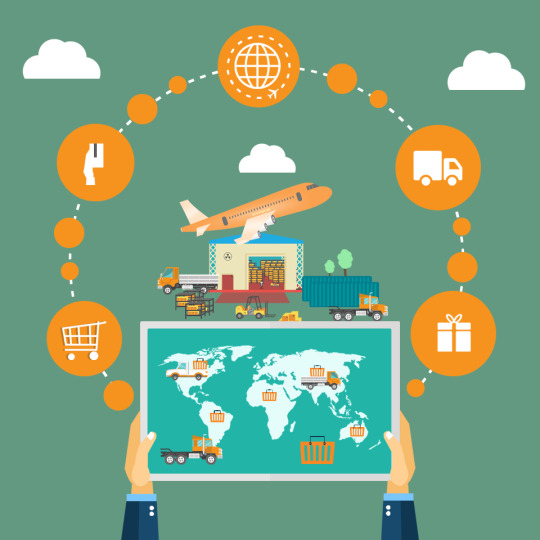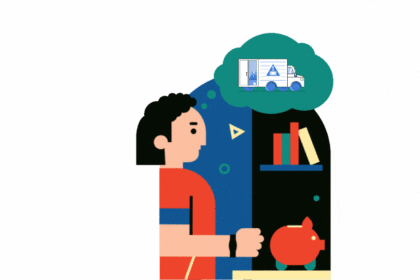
Blockchain
technology makes use of a distributed database to hold records of
digital data or events in a tamper resistant format. It enables
various users across the supply chain to access, inspect, or add to
the data but they can’t change or delete the data. The original
information stays on the database without being tampered with.
So, there is a permanent and
publicly accessible information trail, or chain, of all transactions
throughout the supply chain. If you think of the block chain as the
sum total of all banking transactions, an individual bank statement
would be a single “block” in the block chain. But, in the case of
block chain technology, there is no single organization that controls
all these transactions.
Then, how is data updated?
Data in a block chain can be updated through unanimous consensus of a
majority of participants in the system. So, a single participant
cannot change data in a block chain. A block chain maintains records
in such a way that it is easier and safer for businesses to work
together with the internet.
So, what are the benefits of
block chain technology in supply chain management.
1. Versatility: It
can record, track, and verify trades of virtually anything that holds
value.
Thus far, the most popular
application of block chain technology is Bitcoin. BitCoin is a
currency system that runs on block chain technology protocol. BitCoin
was originally intended as a record for financial transactions, but
businesses of all kinds found that it was feasible for them to make
use of BitCoin and block chain technology. And with any
industry, logistics becomes scalable with block chain.
2. Security: Block
chain technology allows secure and transparent tracking of all types
of transactions.
Every time a product goes from
one hand to another, the transaction is documented. And this goes on
from manufacture to sale. This permanent record of every single
transaction can reduce time delays, added costs, and human errors.
History remains untouched.
3. Ease of
recording: Quantity and Transfer of assets- pallets,
trailers, containers moving between supply chain nodes.
With block chain technology,
the following activities in supply chain are simplified:
a. It
is easy to track purchase orders, change orders, receipts, shipment
notifications, or other trade-related documents.
b. Labelling
products, for example- organic, free range, grass fed, fair trade
becomes easy. Verifying these labels is also made easier.
c. The
block chain links physical goods to serial numbers, bar codes and
digital tags. It is convenient to share information about
manufacturing process, assembly, delivery, and maintenance of
products across the pool of suppliers and vendors.
d. Moreover, there is
transparency throughout the supply chain. A single serial number and
corresponding goods can be recalled if there is an unusually high
number of complaints with that batch of goods.





